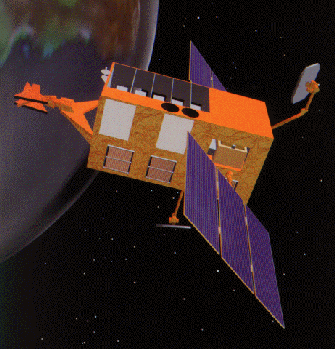Astronomy Picture of the Day
Discover the cosmos! Each day we feature a different image or photograph of our fascinating universe, along with a brief explanation written by a professional astronomer.
January 3, 1996

The X-ray Timing Explorer
Credit:
NASA,
MIT,
UCSD


